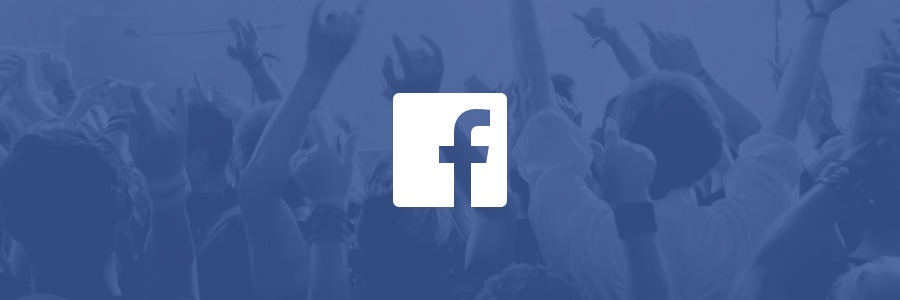How to reach a larger audience with Facebook pages?

It is common knowledge that a Facebook page does not reach its full audience, which can be considered as the number of people who like the page, formerly called "fans". Most of the time, a post will be seen by 10 to 15% of this number. This reach is called organic or natural because it is not paid. If going for promoted posts is the easiest way to reach a larger audience, there is also a way to go naturally beyond the 15%.
In order to do that, one must understand how the system works and how people use the platform.
1/ The Edge Rank and the Reach on Facebook
The Edge Rank is Facebook's algorithm which decides what appears in the user's newsfeed. It aims at making the newsfeed as attractive as possible for each user in order to improve his experience on Facebook. It is made of three elements : Affinity, Weight and Time.
Affinity is dertermined by the level of interaction that the user has with a page content: his clicks, likes, comments and shares indicate that a user is active with a Facebook page. Affinity is also dermined by the actions of a user's friends. Facebook considers that if his friends interacte with a Facebook page, he might also be interested in it.
Weight evaluates the number of interactions taken on the content. It considers that all kinds of interactions don't have the same value. A comment, for instance, will be more valuable than a like because it requires more user time. In other words, the more implicating the interaction is, the most valuable it is.
Time decay reduces the impact of interactions. The older the interaction is, the less valuable it becomes. It aims at making the newsfeed filled with recent publications rather than old posts.
The Edge Rank determines the Reach which corresponds to the number of users who see the publication. The Reach must not be confused with the 'impressions', which represent the number of times a publication has been seen. As the same user can see a publication more than once, the number of impressions is always higher than the Reach.
Remember that the Edge Rank varies for each user. Note that the user can also subscribe to all notifications of a Facebook page (under the Like button) so that its publications don't go through the Edge Rank process.
Update: Facebook is no longer using the term 'Edge Rank' to define its algorithm, as it has evolved to a more complex form. These three parameters are still important and have been optimized (with categories and sub-categories of afinities for instance), but new factors such as the device which is being used and the speed of a user’s internet connection are now part of the equation.
2/ Facebook posts optimization
As interaction is the key for a successful post, each publication must be planned accordingly.
Timing: Pages statistics will help you to define when the best moment is to post. Since you have the possibility of schedulding posts publication, set a publishing calendar that will match with your audience connection time.
Text: If you want to be read, your text must be clear and short. If you cannot make it short, give it some space, use paragraphs (organize it). You can also tag some people, brands or places in your text if they are on Facebook (type @ + the name you want to tag, the name will be clickable and he or she will be notified of this mention).
Pictures: Pictures use to benefit from a higher reach. Even if it is apparently no longer the case, a picture, if well chosen (regarding quality, proportions, relevance) will always increase the impact of a post.
Enhancements: If relevant, use post extensions such as geolocation (to indicate where the event takes/took place for instance), people you are/were/will be with, or a specific activity description (for example: travelling to Paris, playing football, watching a movie... will add a related icon to your status).
Targeting: You can also narrow the potential news feed audience for a post. First, make sure that the organic post targeting option of your page is enabled (in Settings / General). You will then be able to adapt the potential audience to your post, in order to get more engagement, and thus more organic reach.
Special recommendations when sharing external content:
Articles: When you paste the link of the article, Facebook will automatically display a preview (title + text intro + picture). The picture is automatically taken from the link, if there are many pictures on the link, you can decide wich one you want to see there. Make sure the picture is big enough to be displayed in full width in the newsfeed. Otherwise upload another picture from your computer. I personaly use 960 x 512 pixels pictures when I do this. Note that there is no need to let the link in your post, write a catchy sentence that will increase the click through rate instead.
Videos: Videos that are published directly on Facebook get a higher reach and also have the significative advantage of playing themselves automatically in the newsfeed (users can deactivate this option, but most of them don´t). If the video you want to share is not hosted on Facebook, your link will be treated the same way as an article, for which you can see recommendations above. Facebook´s videos can also display a call to action (visit website, watch more...), so if you want to maintain the traffic on your YouTube channel, I would recommend you to make video teasers for Facebook, with a "Watch more" CTA leading to the full video on YouTube.